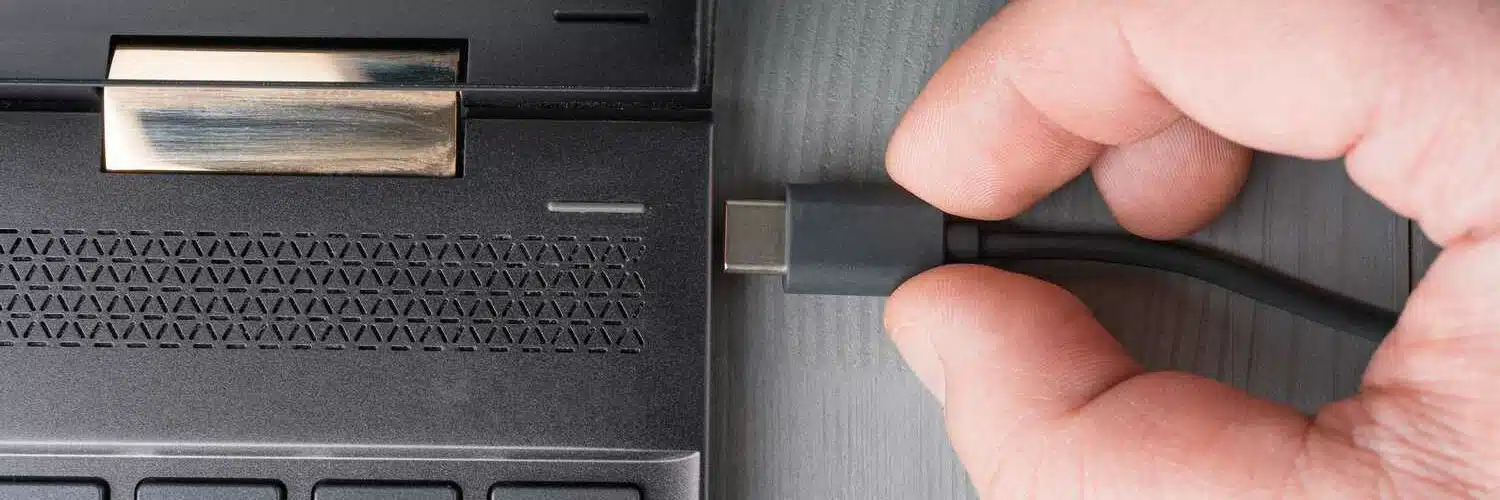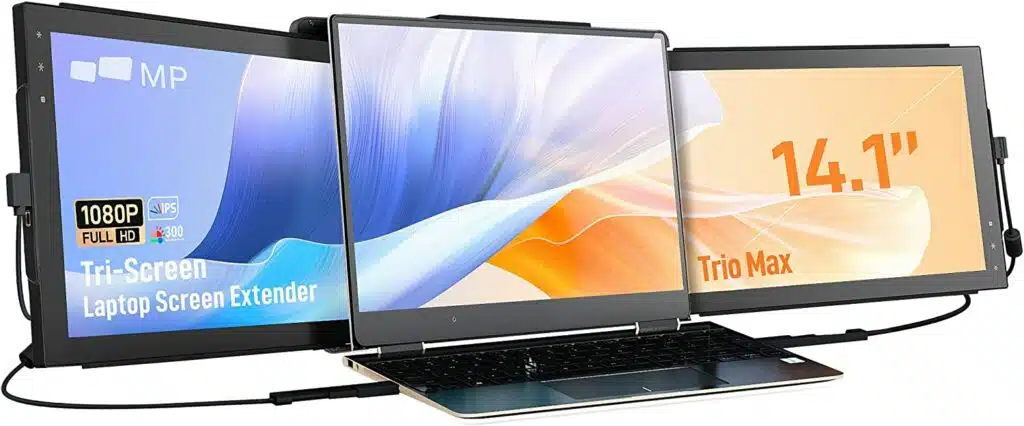Table of Contents
How to Connect Two Laptop Screens?
How To Connect Two Laptop Screens? Adding a monitor to your laptop provides more screen real estate, making it easier to work and navigate programs without shrinking windows or switching between them. However, executing this setup requires the right hardware and software solutions.
In this article, we’ll explore the essentials of utilizing a second laptop as a monitor – from necessary equipment to troubleshooting tips during the connection process.
Features Of Connect Two Laptop Screens
- The advantage of a laptop second monitor setup is that it allows you to run multiple programs at the same time without needing to minimize or switch windows. For example, it’s possible to have YouTube open whilst checking Twitter and updating a spreadsheet on the same screen. It’s a great way to boost productivity as well as reduce distractions when completing tasks or playing games.
- A laptop external monitor can be connected to a laptop via HDMI, VGA, or DisplayPort cable depending on the type of display. Typically, the external monitor will need to be turned on before the laptop recognizes it. Once this has happened, the system will typically ask you to confirm that it is a secondary screen. Once the correct configuration has been entered, the operating system will then adjust how it operates with the new monitor.
- Once you’ve configured the system, you can easily switch between mirroring the screens (showing the same content on both) and extending the displays, which will make them appear as separate desktops. There are also a few keyboard shortcuts to help with this process. Win + Left and Right: Snap a window to the left or right edge of the screen, resizing it from its snapped position. Win + Up and Down: Maximize or minimize the active window. Pressing these keys again will move the window between the different screens. This is a particularly useful feature for people who work as designers or for those who need to be able to reference information from different sources quickly.
Check the Input Ports
If you want to connect two laptop screens, make sure that your monitors and laptop support the same input ports. This way, you can be sure that you will have a good connection without having to purchase a hub or extra cables. HDMI, DisplayPort, and DVI are all popular choices for connecting monitors to laptops, although you can also use VGA.
When connecting two monitors to a laptop, it’s important to set the correct resolution and orientation. This can be done by adjusting the screen settings on your computer. On most operating systems, you can do this by right-clicking on your desktop and selecting “Display settings” or a similar option.
Once you’ve opened the display settings window, you should see a rectangle that represents your laptop’s built-in screen and another that represents your external monitor. A thin white bar runs along the top of the rectangular area that is set as your primary monitor. Clicking on the Identify button will show numbers that correspond to the monitors. You can then adjust the display settings to match your needs.
If you’re using a laptop that has only one HDMI port, you can use an HDMI splitter or video adapter to add a monitor. Alternatively, you can get a USB-C hub with multiple display ports, like the Baseus Joystar 9.
Check the Requirements
Several requirements must be met before a laptop can be used as a monitor. First, the monitors and laptop must be compatible with each other. This can be easy if the monitors and laptops have the same video interfaces, such as DisplayPort or HDMI. Otherwise, a converter or adapter may be required. It is also helpful if the laptop has a built-in graphics card that supports multiple displays. This capability can be checked in the system specifications or by consulting the user manual or customer care for the specific model of the laptop.
In addition, the connection must be stable and reliable. This is especially important if the laptop will be used for professional applications. For example, if the laptop is connected to a large screen for presentations, it is critical that the display is responsive and provides consistent image quality.
Using an external monitor with a laptop opens up a new world of possibilities for increasing productivity and enjoying a better experience while working or playing games. It can help you to stay focused on work and reduce eye strain by eliminating the need to shrink windows or switch between programs. By taking a few simple steps, you can learn how to connect your laptop to a second monitor and make the most of this technology.
Connect the Monitors
A few simple steps can make your laptop a dual monitor powerhouse. The result is a more spacious digital workspace, which can boost productivity and comfort. Plus, you can use the extra screen space for things like Presentation View in PowerPoint or the multi-window feature in virtual meetings on Teams and Zoom.
Plug one end of an HDMI or DisplayPort cable into each of your monitors. Then connect the other end of each cable to a compatible port on your laptop. If you don’t have an HDMI or DisplayPort port, consider using a video capture device or a USB-C hub that supports HDMI and/or DisplayPort.
Once you’ve connected the monitors, turn on your laptop and wait for it to recognize them. You’ll see a prompt asking you if you want to extend the laptop screen. Onto the other display or mirror the screen on both screens. Select the option you prefer and adjust your laptop settings.
For example, in Windows* 11. You can go to the System and Display settings menu and choose whether you want to duplicate the desktop. On the second screen extend it to give you twice as much room. Alternatively, you can click the Windows icon in your taskbar and open the Start menu to access your PC settings. In macOS, you can open Control Center and select the Multiple displays options.
Test the Connection
Using two laptop screens for work, and play. Gaming is an effective and convenient way to increase productivity and reduce eyestrain. While it may seem like a difficult task to set up, with the right equipment and knowledge. Connecting a second monitor to a laptop is relatively easy.
First, make sure that you have the correct adapters and cables for your laptop’s existing ports. Also, make sure that your video card supports the additional screen and is configured for it. Finally, ensure that your operating system supports the use of additional monitors.
To connect a second monitor to your laptop. Simply plug the video cable into the proper port on your laptop and into the connected display. You can usually find this port on the back or sides of your laptop, but if not, check for a USB external display or DisplayPort (looks like HDMI but one side is flat instead of having two slanted edges) port. Alternatively, you can use a Thunderbolt port if your laptop has one on it.
Once the connection is complete. You can open the Control Center on your laptop and choose either Screen Mirroring. Or Extend this display to this display to select how your laptop and the secondary monitor are displayed together. You can also adjust the arrangement of the displays by clicking Arrangement in Display Settings.






Add comment